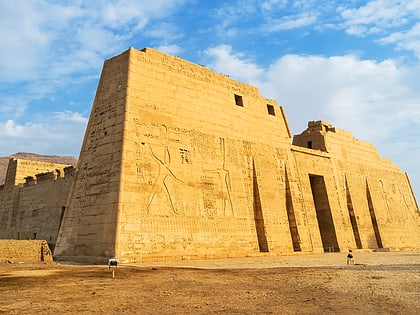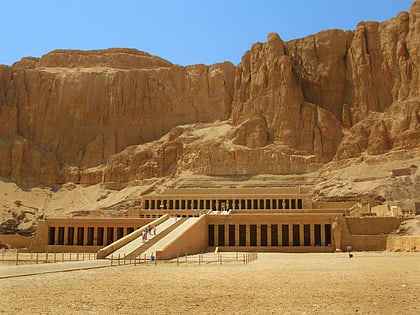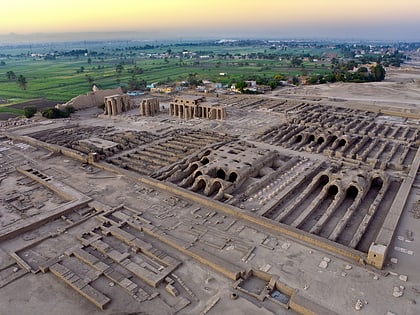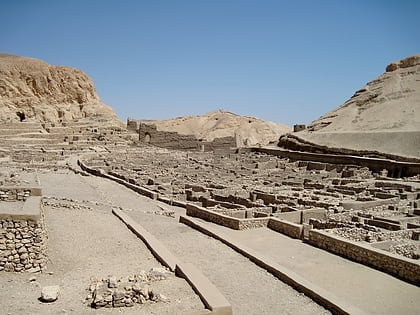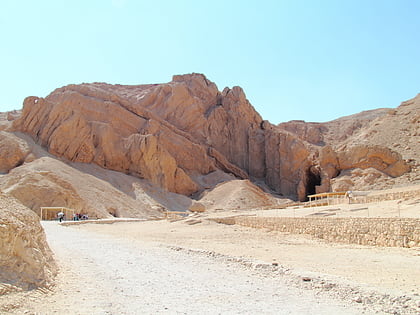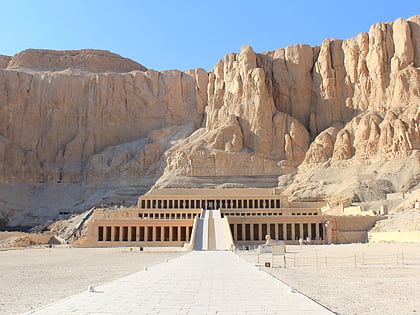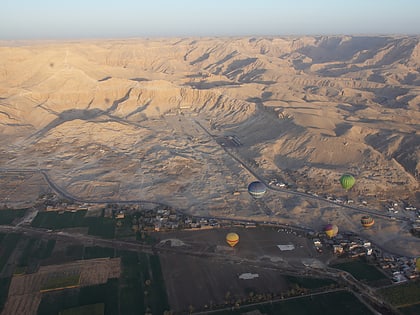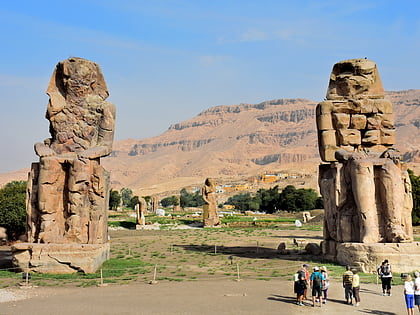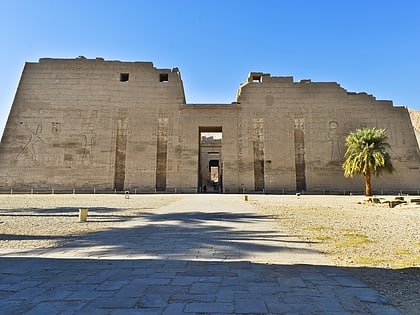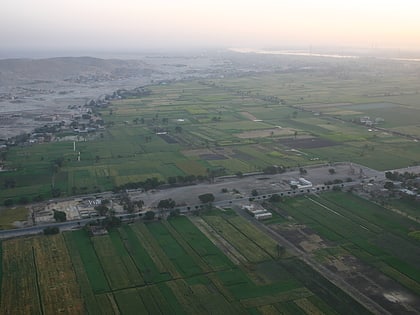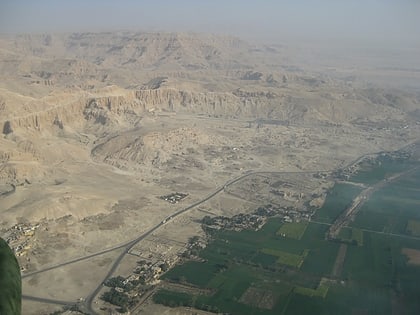Aten, Luxor
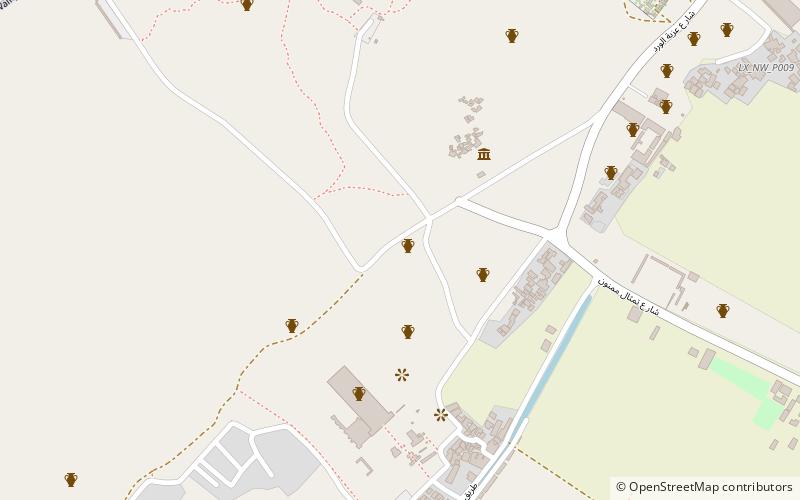
Facts and practical information
Aten, an ancient city recently unearthed in the city of Luxor, Egypt, has captured the attention of archaeologists and history enthusiasts worldwide. This remarkable discovery, believed to be the largest administrative and industrial settlement of the era, dates back to the reign of Amenhotep III, around 3,400 years ago.
The site of Aten, which lies on the west bank of the Nile near the modern city of Luxor, was once a bustling center during the 18th dynasty of Egypt. It is thought to have served as a hub for the production of goods and administration for the royal palaces and temples, including the mortuary temple of Amenhotep III.
Excavations at Aten have revealed a well-planned city with zones for administrative offices, industrial areas, and residential quarters. Among the artifacts unearthed are pottery, tools, and a vast number of mudbrick structures with walls still standing up to a few meters high. These findings provide valuable insight into the daily lives of ancient Egyptians during a golden age of prosperity and artistic achievement.
The city's name itself, Aten, reflects the religious revolution brought about by Amenhotep III's successor, Akhenaten, who promoted the worship of the sun disk, Aten, over the traditional pantheon of Egyptian gods. While the city's prominence may have waned after the pharaoh's death, its discovery offers a treasure trove of information about this intriguing period in history.
Luxor
Aten – popular in the area (distance from the attraction)
Nearby attractions include: Medinet Habu, Mortuary Temple of Hatshepsut, Ramesseum, Deir el-Medina.
